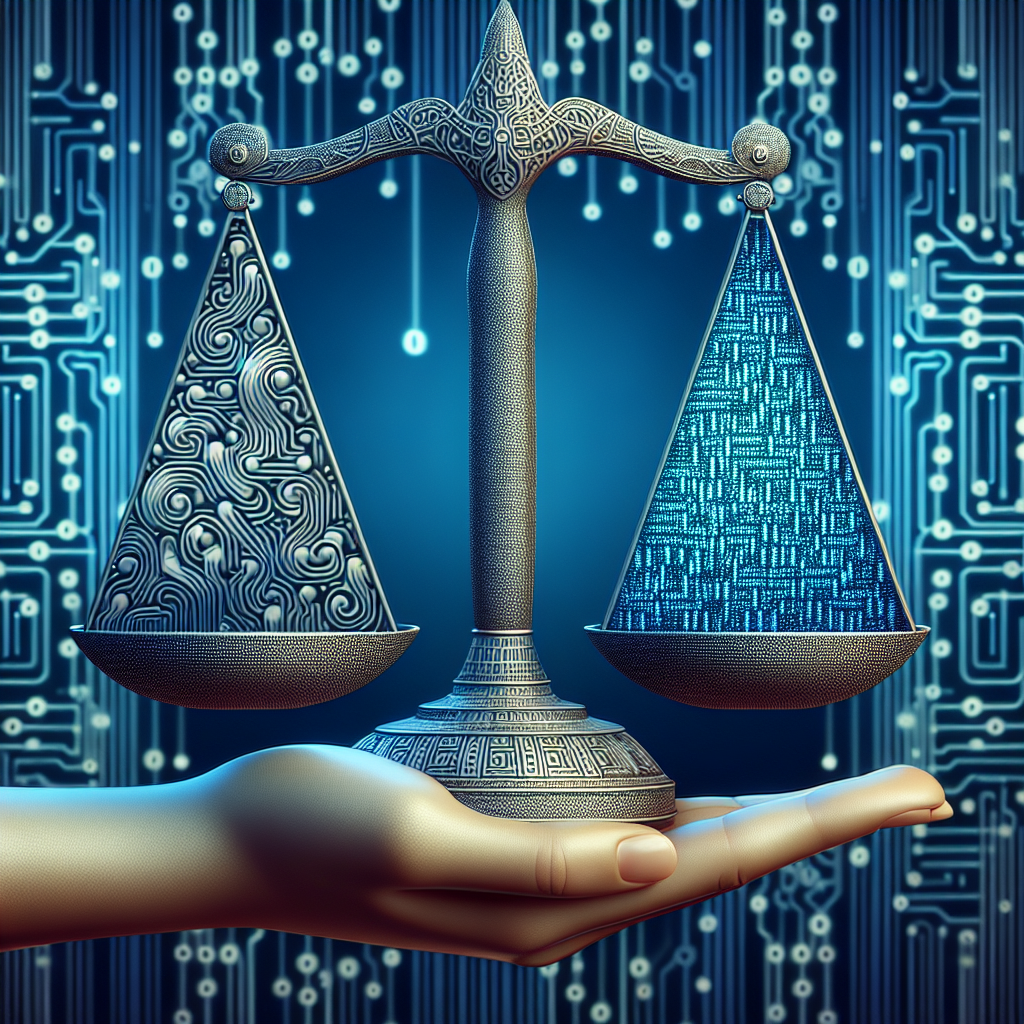Artificial intelligence (AI) has revolutionized the way we live and work, with its ability to process vast amounts of data and make decisions quickly and accurately. However, with this power comes ethical dilemmas that must be addressed to ensure fairness and transparency in algorithmic systems. The issue of bias in AI decision making has been a topic of increasing concern, as algorithms can inadvertently perpetuate and even amplify existing inequalities in society. In this article, we will explore the ethical dilemmas of AI in decision making, focusing on how bias can be addressed to promote fairness in algorithmic systems.
Bias in AI decision making
One of the main ethical dilemmas of AI in decision making is the presence of bias in algorithms. Bias can manifest in various forms, such as racial, gender, or socioeconomic bias, and can result in discriminatory outcomes for certain groups of people. This bias can be unintentional, as algorithms are trained on historical data that may reflect existing inequalities in society. For example, if a hiring algorithm is trained on data that shows a bias towards hiring male candidates, the algorithm may inadvertently perpetuate this bias by favoring male candidates in future hiring decisions.
Bias in AI decision making can also be the result of design choices made by developers. For example, if a facial recognition algorithm is trained primarily on data sets that include more images of white faces than faces of other races, the algorithm may be less accurate in recognizing faces of people of color. This can have serious consequences, such as misidentification by law enforcement agencies or denial of services based on inaccurate facial recognition.
Addressing bias in algorithmic systems
To address the ethical dilemmas of bias in AI decision making, several strategies can be implemented to promote fairness and transparency in algorithmic systems. One approach is to increase diversity in the data sets used to train algorithms. By including a diverse range of voices and perspectives in the data sets, algorithms are less likely to perpetuate existing biases and more likely to make fair and impartial decisions.
Transparency is also key in addressing bias in algorithmic systems. Developers should be transparent about the data sets used to train algorithms, as well as the decision-making processes of the algorithms. This can help to identify and address any biases that may exist in the algorithms, and ensure that decisions are made in a fair and transparent manner.
Another strategy to address bias in AI decision making is to implement bias detection and mitigation techniques. These techniques involve testing algorithms for bias and taking steps to mitigate any biases that are identified. For example, bias detection tools can be used to analyze the outcomes of algorithmic decisions and identify any patterns of bias. Once bias is identified, developers can adjust the algorithms to reduce or eliminate bias in decision making.
Frequently Asked Questions
Q: How can bias in AI decision making be identified?
A: Bias in AI decision making can be identified through various techniques, such as bias detection tools, testing for disparate impact, and analyzing the outcomes of algorithmic decisions. By examining the data sets used to train algorithms and the decision-making processes of the algorithms, developers can identify and address any biases that may exist.
Q: What are some examples of bias in AI decision making?
A: Examples of bias in AI decision making include racial bias in facial recognition algorithms, gender bias in hiring algorithms, and socioeconomic bias in predictive policing algorithms. These biases can result in discriminatory outcomes for certain groups of people and perpetuate existing inequalities in society.
Q: How can developers promote fairness in algorithmic systems?
A: Developers can promote fairness in algorithmic systems by increasing diversity in data sets, being transparent about the decision-making processes of algorithms, and implementing bias detection and mitigation techniques. By taking these steps, developers can ensure that algorithms make fair and impartial decisions.
In conclusion, the ethical dilemmas of AI in decision making, particularly bias and fairness in algorithmic systems, must be addressed to ensure that algorithms make decisions that are fair and transparent. By increasing diversity in data sets, promoting transparency, and implementing bias detection and mitigation techniques, developers can work towards creating algorithmic systems that make decisions in a fair and impartial manner. It is essential that we continue to address these ethical dilemmas to build a more equitable and just society in the age of artificial intelligence.

